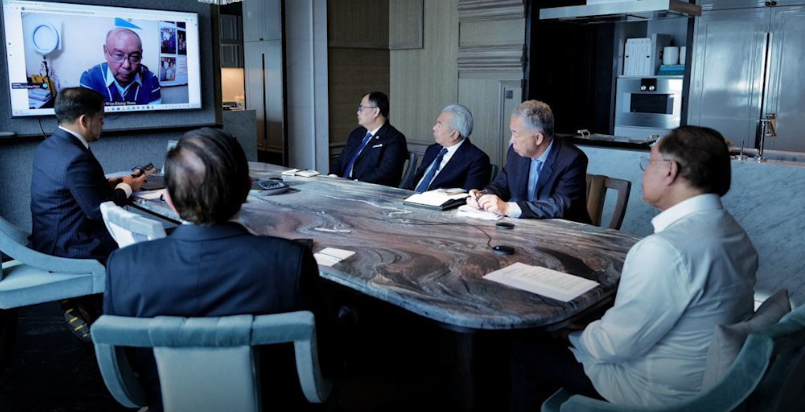“Myanmar Spring Chronicle – April 17 Overview”
published by MoeMaKa on April 18, 2025:
🌍 Aftershocks Continue in Mandalay — On New Year’s Day, Junta Offers Amnesty While Myanmar’s Crisis Deepens
Nearly three weeks after the March 28 earthquake, aftershocks continue to occur daily. The most recent tremor struck on April 17, Myanmar New Year’s Day, and was centered in Mandalay, one of the hardest-hit regions. The tremor raised fears of further collapses in already-damaged structures.
Initially reported as magnitude 5.1, it was later downgraded to 4.6, with a shallow depth of 6 km—intensifying its local impact, particularly in Patheingyi Township.
🏚️ Lingering Danger and Fragile Recovery
Mandalay residents are living in fear, as many masonry buildings have already been weakened. People are afraid to sleep inside their homes, choosing instead to stay outside at night due to the risk of collapse from aftershocks.
The cleanup is still far from complete. Bodies of earthquake victims are still being recovered from under rubble. The atmosphere in Mandalay is one of ongoing anxiety and fatigue.
While Mandalay has survived wars and fires in the past 80 years, the current devastation is seen as greater than the great fire disasters, even drawing comparisons to the World War II era.
Meanwhile, the junta government appears more focused on military strategy amid the ongoing civil war than on earthquake recovery—leaving local communities to fend for themselves, while remaining wary of the political exploitation of the disaster.
🕊️ Amnesty Announcement on New Year’s Day
On April 17, in line with traditional customs, the military junta announced a mass amnesty, claiming to have released over 4,900 prisoners from detention centers across the country, including Insein, Mandalay, Pyay, Mawlamyine, Tharyarwaddy, and Naypyitaw.
However, only about 100 of those freed were political prisoners, according to the Political Prisoners Monitoring Network (PPMN). The vast majority were those convicted of criminal charges such as theft or drug offenses.
Tens of thousands of political prisoners remain behind bars, and most were excluded from this round of amnesty. In some cases, only those close to release are included.
In regions like Rakhine and northern Shan State (Lashio, etc.), where the junta no longer has control, no prisoners were released.
🧭 ASEAN Diplomacy and Earthquake Relief
One of the most closely followed stories on April 17 was the meeting between Malaysian Prime Minister Anwar Ibrahim and junta leader Min Aung Hlaing in Bangkok. While officially framed as a discussion on earthquake aid, it was clearly tied to broader diplomatic efforts to seek a ceasefire in Myanmar.
Former Thai PM Thaksin Shinawatra, now serving as an ASEAN special envoy on Myanmar, has been holding talks with ethnic armed groups, reflecting a shift in ASEAN’s diplomatic approach. Whether these new efforts will make progress is still unclear.
It’s also uncertain whether these moves align with or challenge China’s policy toward Myanmar. Armed groups in northern Shan and Kachin States—bordering China—have reportedly received direct warnings and guidance from Chinese officials.
🔜 What Comes Next?
According to official posts by the Malaysian Prime Minister, he is also scheduled to meet with representatives of the National Unity Government (NUG) on April 18.
These meetings are being closely watched to see whether they lead to concrete outcomes, or simply provide more legitimacy to the junta on the international stage.

